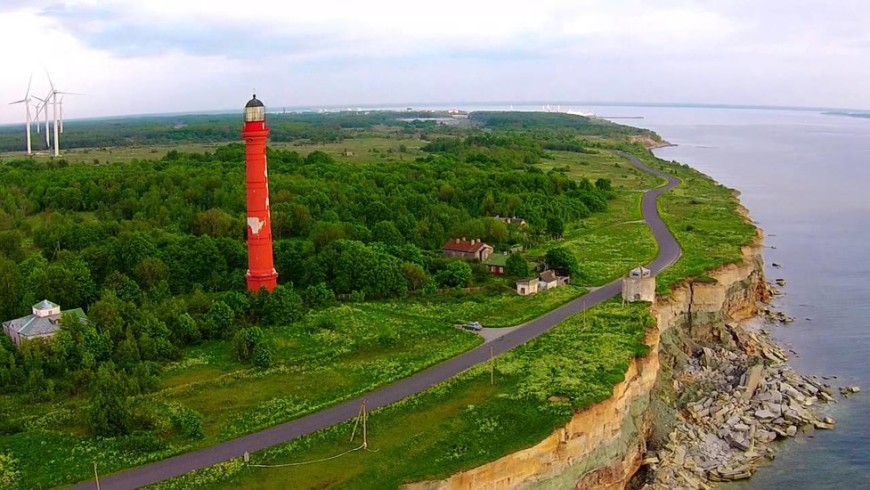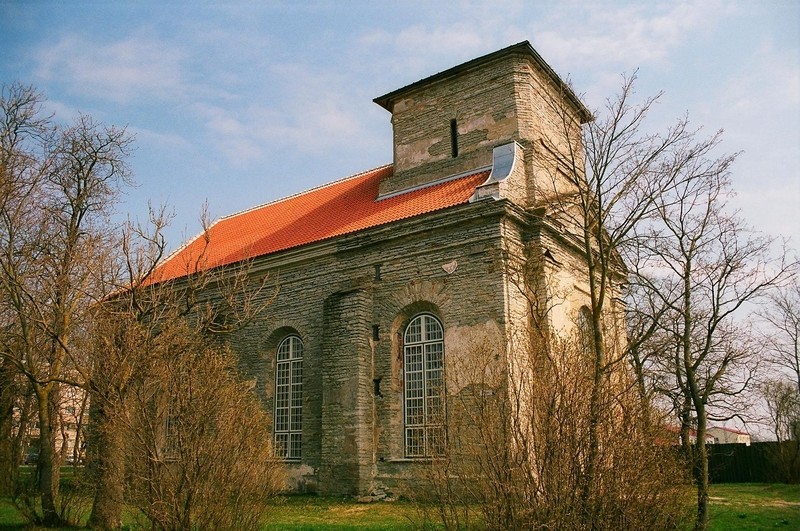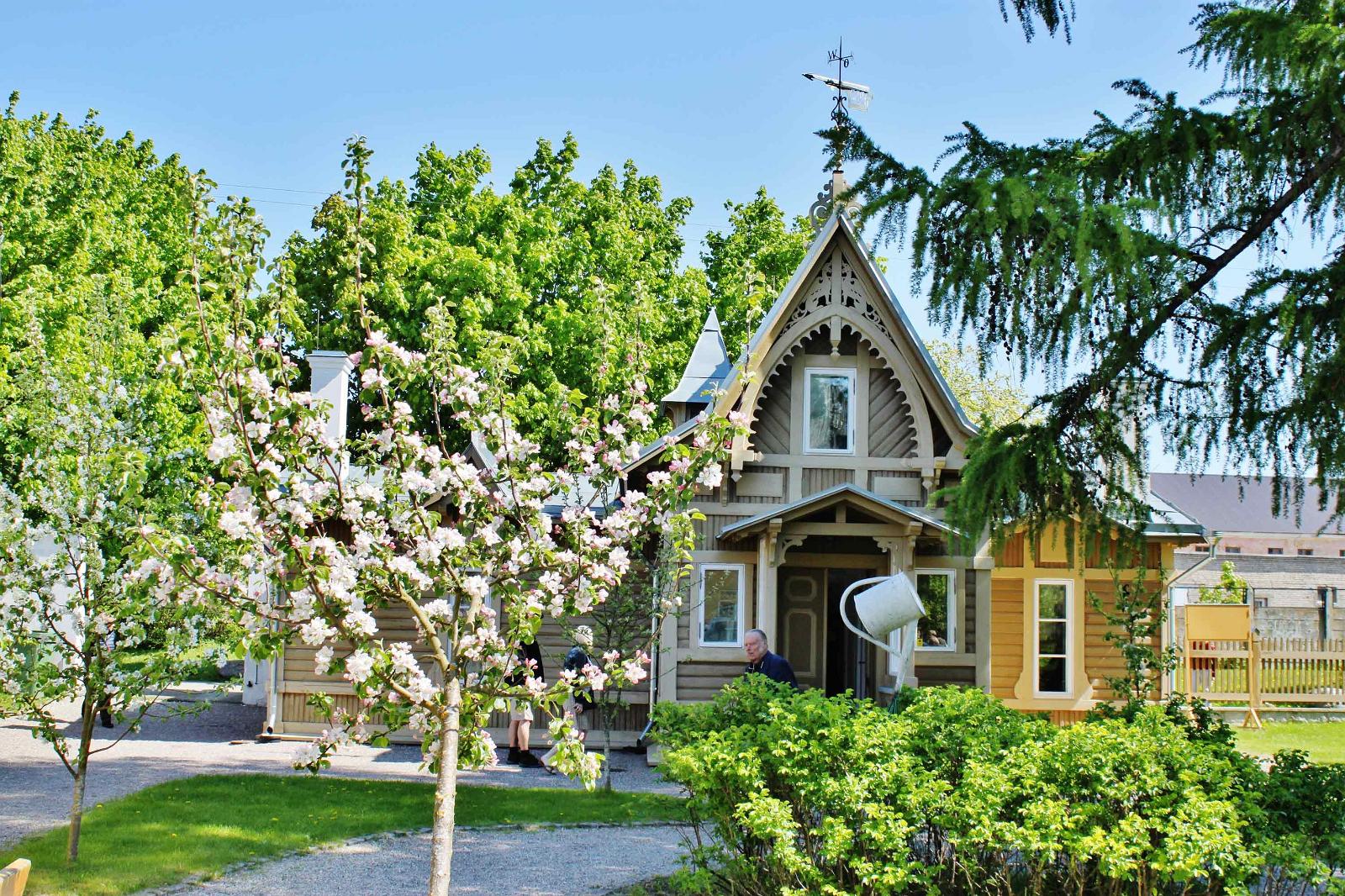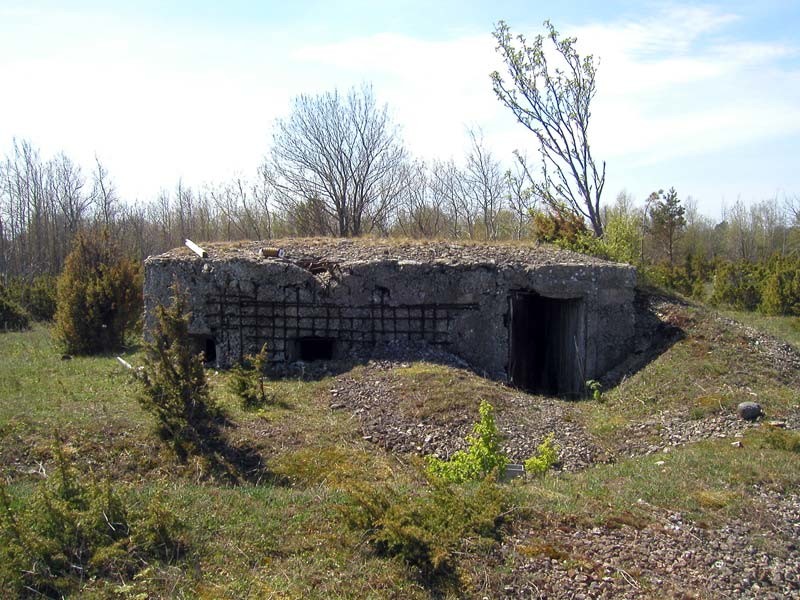If you’re looking for a day trip that’s… well… different, then Paldiski’s your place.

Before 1994, this little port town was a busy Soviet military base, home to nuclear rockets and submarines, and at one point, 16,000 military personnel. After the military had gone, the population was drastically reduced (now hovering at about 4,200) and Paldiski descended into a nightmarish state of decay. When the Swedish creators of the dark film “Lilya 4-Ever” were looking for a generically depressing post-Soviet setting, they picked Paldiski. None of this sounds like a good reason to go, but it is. Combine the forlorn look of the emptied apartment blocks with the hulking remains of Soviet military infrastructure, and you’ve got a fascinating spectacle. Additionally, you can see how Paldiski is now finally coming around, with new investments and development, particularly in its port area. And there’s another reason to make the trip - the Pakri peninsula on which it sits is home to some beautiful natural scenery and some rare wildlife. If it's the soviet ruins and depressing side of Paldiski you are looking for however you'd better act fast, the ruins are slowly being torn down to make way for a brighter and in our opinion more boring town.
Getting there
Paldiski is on a peninsula, 45 km by road from Tallinn. The easiest way by far to get there is by car; just follow Paldiski maantee out of town and turn right at the petrol station in Keila. The ride takes 40 minutes.
Alternately you can take bus N°145 which leaves from a bus stop behind the Balti jaam train station, ride takes about an hour. The train leaves from Balti jaam and it will take precisely an hour to get there.
Without your own wheels, once there you should be prepared for several kilometres of hiking if you want to see all the sights.
However you arrive, when you do you should definitely head to a downtown shop to pick up the invaluable red Paldiski map, which has all the sights marked. Most sights can be accessed by the same main road.
History
Though ancient tribes had settled in this area sometime in the first millennium, it was the Swedes who put this settlement on the map when they established the port of Rogerwiek in the 17th century. After the Northern War, Estonia was in the hands of Russia, and in 1718, Peter the Great picked this as the site for a deep-water port. Work on a fortress began. Named ‘Baltiiskii Port’ in 1762, it grew in importance to the Russian empire, at one point was the third busiest in the realm. ‘Paldiski’, the Estonian-ised pronunciation of ‘Baltiiskii’, became its official name in 1933, but in 1939 it was handed over to the USSR and became a naval base. Its status grew more secret in 1962 when Paldiski became a training centre for nuclear submarine crews. From then until 1994, it was literally closed off with barbed wire from the surrounding territory. After the USSR’s collapse, a negotiated Russian troop pull-out finally ended the military presence here in August 1994, with some work continuing for another year. Later investment has established a modern cargo port as well as a Tallinn car-ferry to Sweden.
Historic sights
Peter’s Fortress
When Peter the Great established his new port in 1718, he wanted it be the biggest and most secure of the empire. Work began on a five-pointed fortress and a breakwater out to the nearby Pakri islands. Due to the difficulty of cutting through limestone, it was still not finished when he died, and the project was abandoned. Still, it gained a gruesome reputation - so many forced labourers were used in its construction that it earned the nickname Siberia II. Its deep moats and walls are visible from Salavat Julajevi street, just past the north edge of town.

Churches
Paldiski is not without its spiritual side. On Pakri street you can see the partially restored, stone St. George Orthodox Church, built in 1787. A couple hundred metres north is the Lutheran St. Nicholas Church (1842). It is topped with a square tower and is much farther along in its restoration.
Train Station
Opened in 1870, the same year the railroad came to Tallinn, this elegant, lacey, wooden building is a testament to the port’s important place in pre-revolutionary Russia. It has since been renovated and returned to its former sparkling glory. Avoid the toilets here unless you want a shock, instead we suggest to use the WC located inside the café where you can also enjoy a pastry and a warm cup of coffee.

Amandus Adamson Studio Museum
Estonia's only sculptor's studio museum. The building is the best preserved of pre-20th century Paldiski.
Pakri lighthouse
Standing at 52m, Pakri lighthouse is Estonia’s tallest. It dates to 1889. While you can’t tour the inside, you can still see impressive views of the nearby Pakri Islands from its base. Find it at the tip of the peninsula.
Cemeteries
You'll find two cemeteries, one Lutheran, one Orthodox, to the left as you enter town. The Lutheran one is charmingly creepy, with piles of fallen grave markers from the 19th century. The newer Orthodox version has a memorial to the submariners lost in the M-200 accident. The Submariners died when their boat collided with a mine ship. The affair was so embarrassing for authorities that it was never officially acknowledged and the men were buried in secret, in a wooded area near the Lõunasadam (South Port), about 50 or 60m from the sea. The men have since been reburied, in the Orthodox cemetery.
Soviet artefacts
Ruins

Experimental reactor
Smack dab in the middle of the peninsula is an experimental reactor that was probably the most secret installation here during Paldiski’s time as a Soviet base. Built 1965 - 68, this ‘nuclear-powered submarine exercise complex’ had two reactors and was big enough to accommodate a large submarine. The imposing walls and guard towers are still visible. When we visited, a suspicious security guard ominously shooed us away. The reactor has recently been decommissioned and removed, making it quite a bit safer for all.
Nature
This peninsula is famous for its spectacular limestone cliffs. Head to the Uuga limestone bank on the west side of the peninsula’s tip, where stairs give you a good view of the various rock strata (helpfully labelled). Then make your way to the point, where there’s a viewing platform, and try to get a look at the rare black guillemots, which look like little penguins. On the east side you can find the Leeste limestone bank. Returning south along this same shore you come to a giant boulder in the sea called Saunakivi, and three waterfalls, the Valli, Raja and Kersalu.
Tourist information: www.paldiski.ee. www.visitestonia.ee




Comments